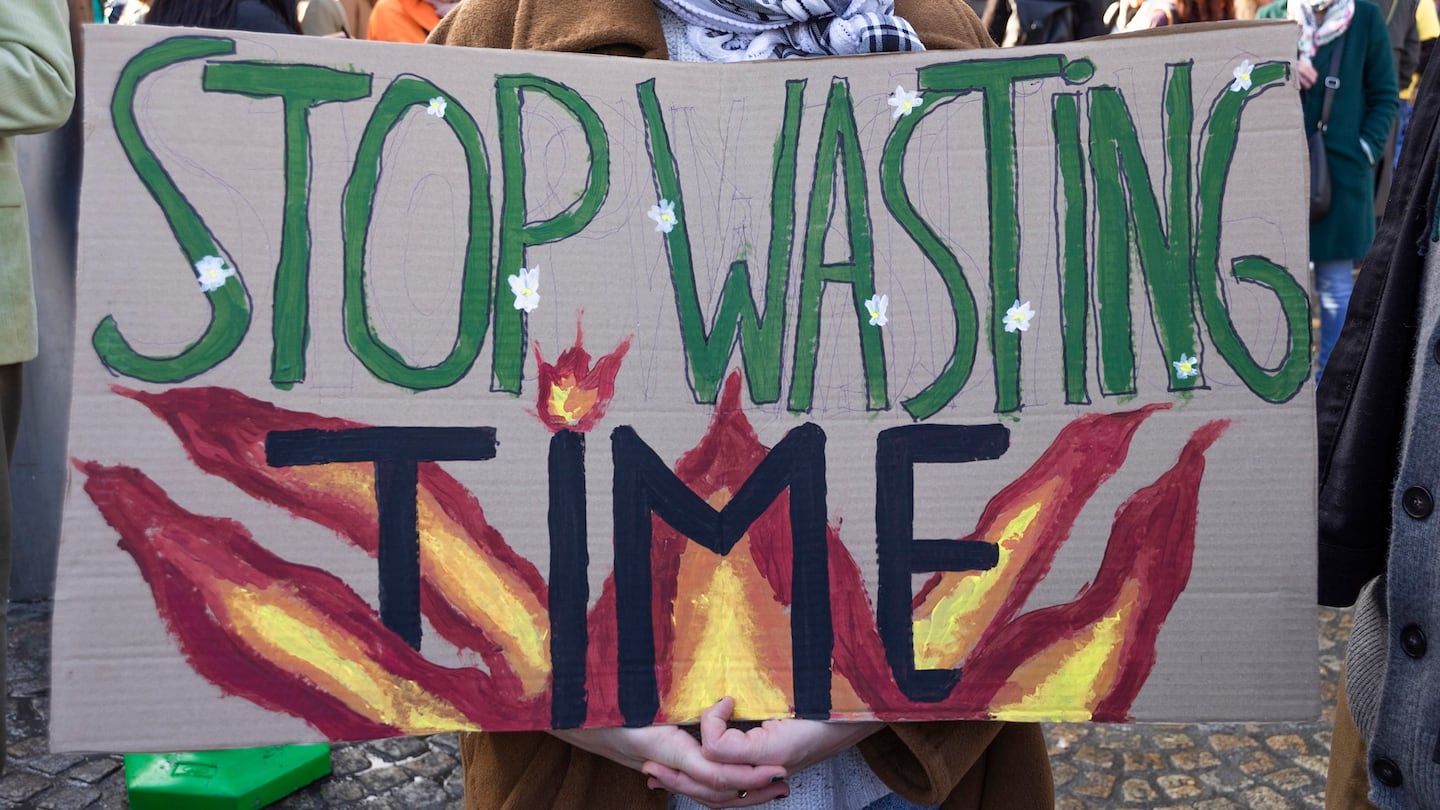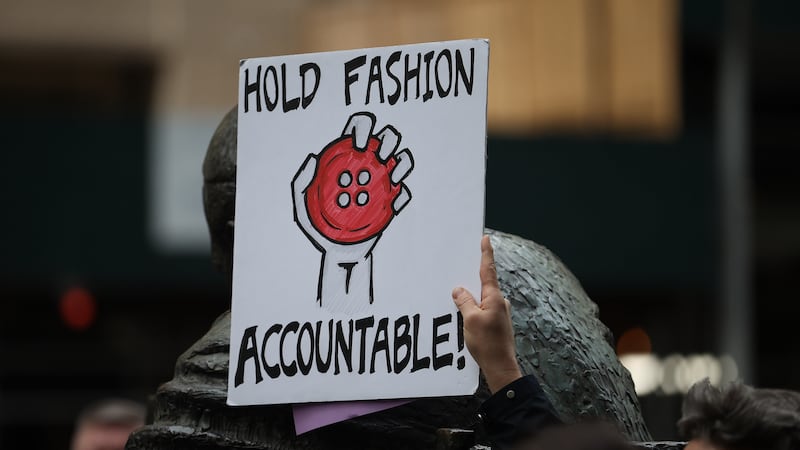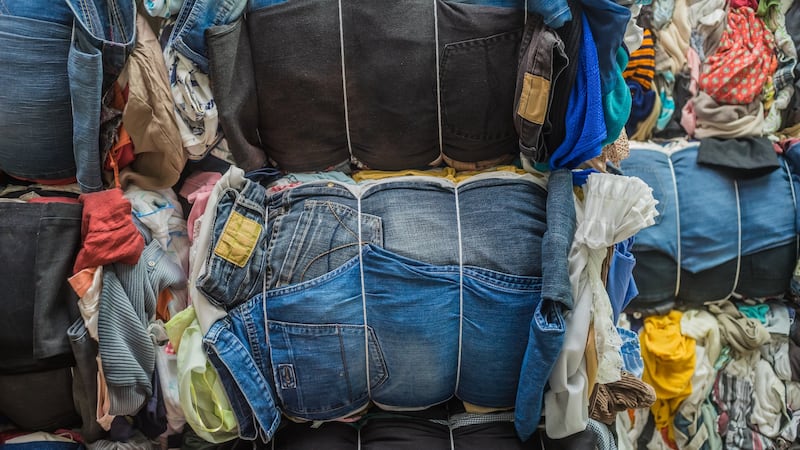Agenda-setting intelligence, analysis and advice for the global fashion community.
According to the annual BoF and McKinsey State of Fashion survey, sustainability no longer rates as a top five risk for fashion executives.
To be sure, industry leaders are grappling with a dizzying array of geopolitical, economic, technological and cultural challenges at present. But this shift in priorities might still strike anyone paying attention to the catastrophic weather extremes experienced this year — with their clear negative implications for an industry whose globalized supply chain is disproportionately located in climate vulnerable countries — as remarkably shortsighted.
Indeed, even though in years past executives ranked the topic as a more critical concern, the industry has little to show for its professed climate anxiety.
This is not actually surprising. Though mounting social, consumer and investor pressure has forced brands to appear to tend to sustainability, fashion executives’ focus remains dedicated to the unyielding expectation of consistent growth in sales and profits. After all, while there is little accountability for missing climate targets, CEOs often lose their jobs when they miss financial goals.
ADVERTISEMENT
The result: quixotic sustainability targets and unyielding stress on suppliers to cut their carbon emissions.
Focused on the Wrong Things
Most fashion brands have yet to lay out a credible strategy for how they plan to achieve their lofty decarbonisation targets. Many point to efforts to adopt supposedly lower-impact materials like organic cotton or recycled polyester and fall back on the comforting, but unrealistic prospect of silver-bullet solutions, like circularity.
Indeed, over the last few years, billions of dollars have been invested in bio-based materials and textile-to-textile recycling concepts that have yet to scale or make any meaningful dent in the industry’s environmental footprint. Such bets may yet pay off, but it will likely take decades and billions more dollars.
And for all that, raw materials account for less than 15 percent of the industry’s planet-warming emissions, according to consulting firm Quantis. Indeed, the majority of the sector’s carbon footprint has nothing to do with what fibre is used, but how that material is processed, bleached, dyed, ironed, laundered and finished. In other words, fashion is focusing on the wrong thing.
This misdirected focus reflects the reality that it is simpler and more marketable to talk about material innovation — however far off and limited the results — than it is to tackle the complex, costly and distinctly gritty work of supply-chain decarbonisation.
Thankfully, solutions that reduce the pollution caused by fashion’s most carbon-intensive processes exist. Opportunities to limit emissions via renewable energy, efficiency improvements, new dying technologies and electric boilers are proven out. Some of these can deliver swift financial returns, thanks to savings on energy bills. Others require substantial capital outlays, increased operating costs or even government action to green energy grids.
These are structural challenges and tackling them is made more difficult by the transactional relationship between brands and their suppliers, ingrained by a decades-long race to the bottom that has resulted in disconnected, unstable and highly price-sensitive value chains.
Put simply, no one is willing to foot the bill to decarbonise, especially when continuing to pollute costs nothing.
ADVERTISEMENT
A Different Way
Clearly, change requires different approaches. Here are a few ideas:
Long-Term Contracts: Typically, brands only share orders for the next 90 days with manufacturers. This uncertainty about future revenue can increase suppliers’ borrowing costs and limit their willingness to make long-term investments. However, were brands to provide suppliers with minimum volume commitments that extend out for a year or two, it would provide manufacturers with the confidence and stability to make bigger outlays. It would also enable financial innovation in support of climate action. For instance, brands could leverage their balance sheets to finance supplier investments and be paid back via discounts on future orders.
Better Carbon Accounting: Most brands don’t have direct relationships with the textile manufacturers where the biggest proportion of the industry’s carbon impact takes place. Moreover, it’s rare for any one brand to make up more than a modest proportion of an individual supplier’s business. This deters decarbonisation progress, because brands are especially loath to put their money into emissions reductions that in large part will benefit competitors. (At present, if a brand helps a supplier with something like purchasing a new electric boiler, it can still only claim to have reduced emissions that relate to its share of production). Brands would be far more likely to consider funding solutions if they could bank the full environmental benefits. There are ongoing efforts to make carbon markets more effective in just this kind of way, and the industry ought to be engaged and supportive of such endeavours.
Fashion Taxes: Voluntary efforts to raise money to transition supply chains to less carbon intensive solutions have so far delivered only a tiny fraction of the estimated funds needed to transition. Thus, a more effective path to raise the capital needed to decarbonise fashion would be to tax brands (whose margins far exceed those of their suppliers) to pay for negative externalities like carbon emissions. More specifically, were producing countries to impose a tax of $1 per garment on each unit of apparel produced, they could use the accumulated funds to support suppliers’ transition to less carbon-intensive technologies. To be most effective, such a tax would have to be coordinated and imposed by all major producing countries at once.
This is not so far-fetched. Denmark recently enacted a tax on cow burps and flatulence in an effort to curb emissions of methane, another potent greenhouse gas.
Making the polluter pay is a far better approach than the bootless efforts and hot air coming from the fashion industry.




